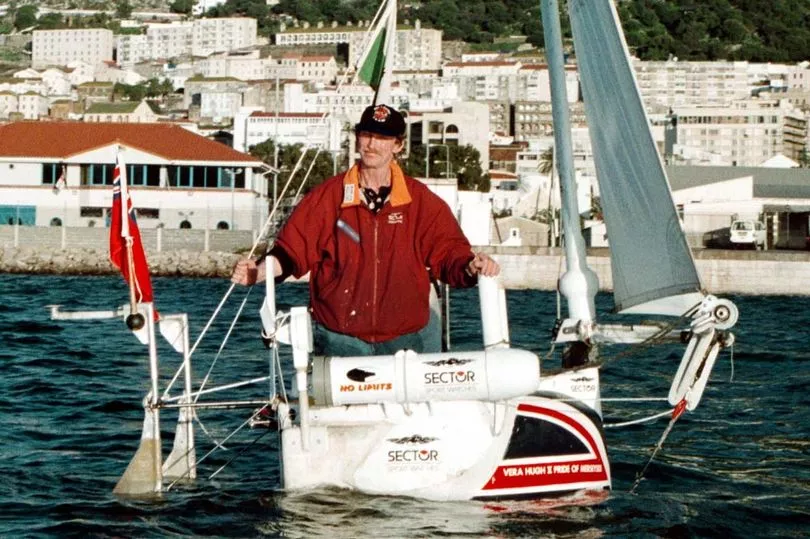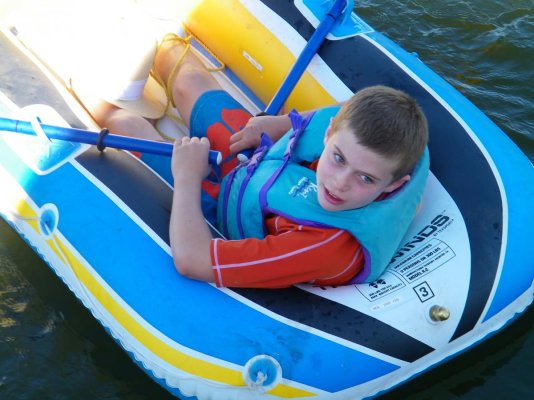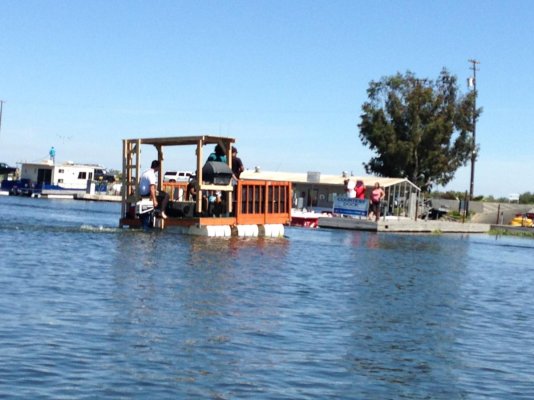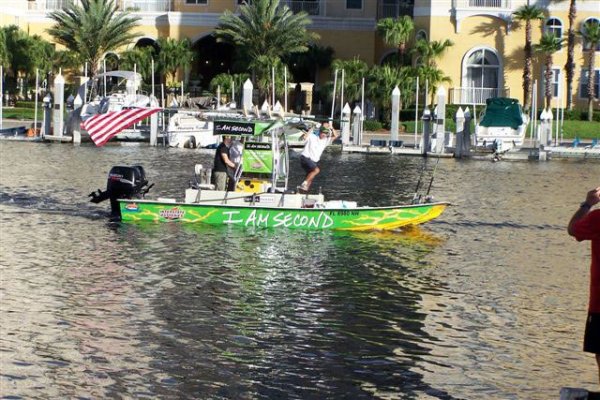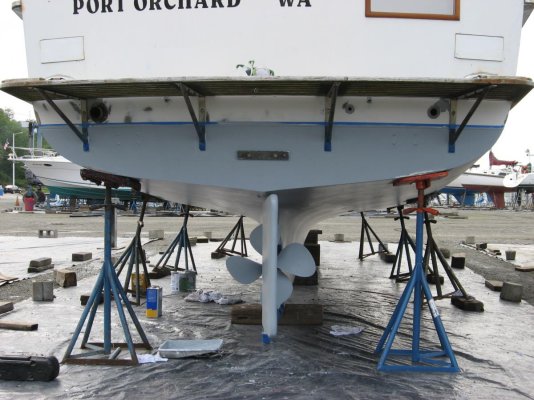Ted Brewer developed a "Comfort Factor" for sailboats as an indicator of motion comfort. The higher the number the smoother the motion and less likelihood of seasickness. The formula claims to assess is how quickly and abruptly a boat’s hull reacts to waves.
Comfort ratio = D ÷ (.65 x (.7 LWL + .3 LOA) x Beam↑1.33), where displacement is expressed in pounds, and length is expressed in feet.
A heavier boat will come out with a higher number as more weight dampens a boats motion. A lightweight beamy coastal cruiser would probably not be very comfortable in a heavy seaway.
I think "comfort factor" and seaworthiness are two different issues . I haven't seen any comparable formulas for trawlers but I suspect the typical hard chined flat stern section boat wouldn't score very high for comfort in heavy seaway.
Comfort ratio = D ÷ (.65 x (.7 LWL + .3 LOA) x Beam↑1.33), where displacement is expressed in pounds, and length is expressed in feet.
A heavier boat will come out with a higher number as more weight dampens a boats motion. A lightweight beamy coastal cruiser would probably not be very comfortable in a heavy seaway.
I think "comfort factor" and seaworthiness are two different issues . I haven't seen any comparable formulas for trawlers but I suspect the typical hard chined flat stern section boat wouldn't score very high for comfort in heavy seaway.

